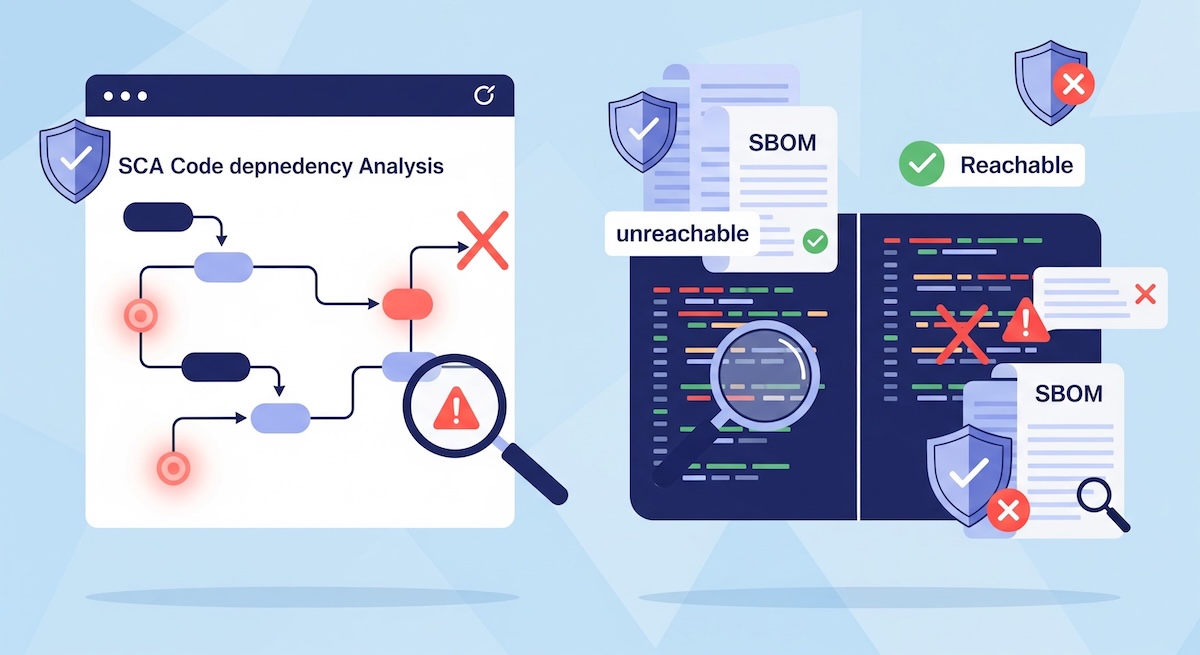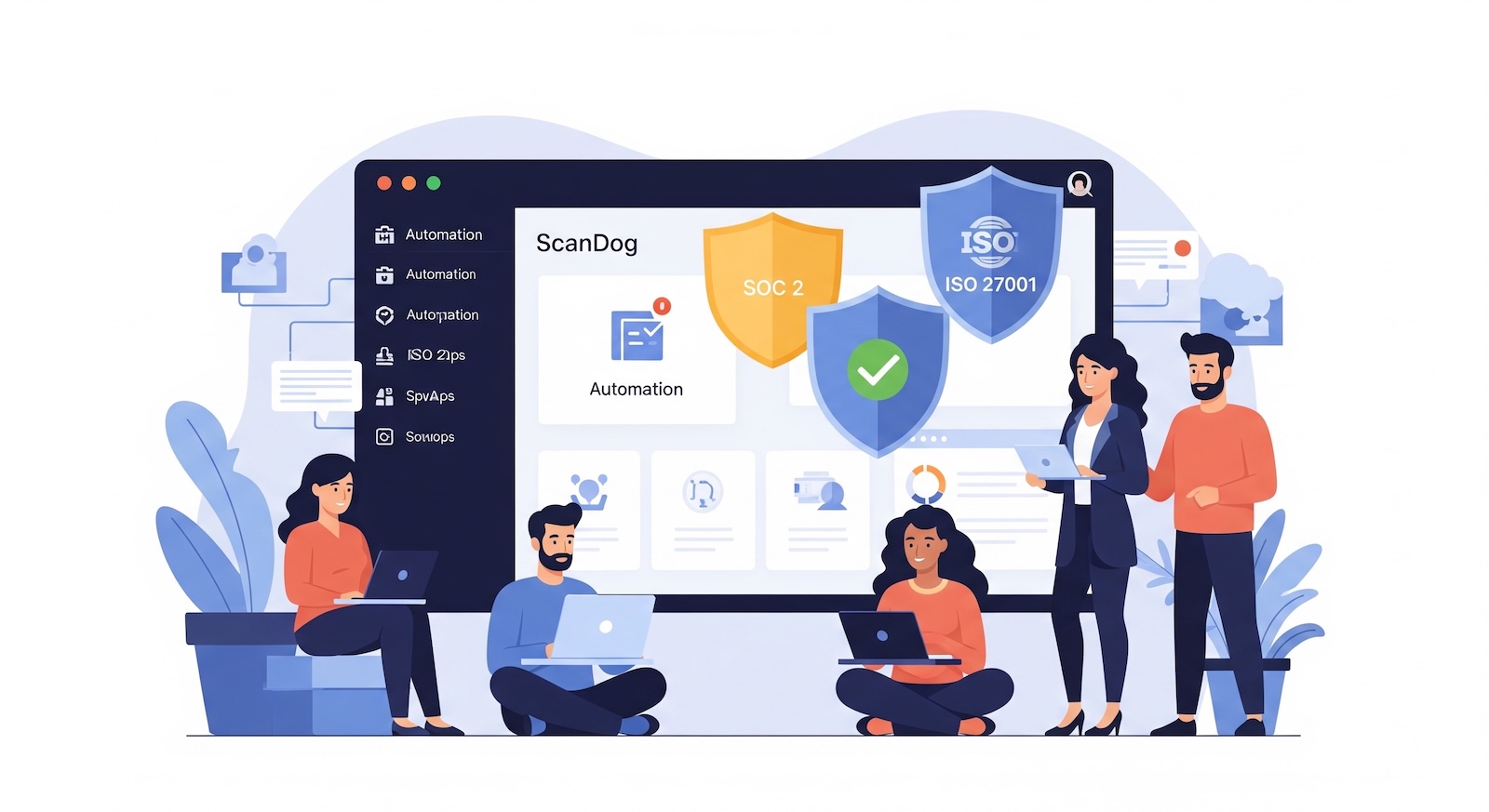With the growing volume and sophistication of cyber threats, traditional vulnerability assessment methods are often challenged to keep pace. This has led to the emergence of AI-driven vulnerability assessment as a more proactive and precise approach. Leveraging the power of machine learning and advanced data analytics, AI-driven assessments offer a new way to detect, prioritize, and mitigate vulnerabilities within applications and infrastructure, enabling businesses to stay ahead in a rapidly evolving threat landscape.
What is AI-Driven Vulnerability Assessment?
AI-driven vulnerability assessment combines artificial intelligence and machine learning with traditional vulnerability management techniques. Using AI, systems can analyze large datasets, uncover patterns, and identify vulnerabilities more accurately and efficiently than manual processes alone. Instead of relying on reactive, rule-based scans, AI-driven assessments continuously learn and adapt based on new vulnerabilities, exploit patterns, and system behaviors.
Key elements of AI-driven vulnerability assessment include:
- Predictive Analysis: Predicting potential vulnerabilities based on historical data and new threat intelligence.
- Behavioral Analysis: Detecting abnormal patterns and behaviors that may signal security weaknesses.
- Risk-Based Prioritization: Using AI to prioritize vulnerabilities based on their potential impact and likelihood of exploitation.
How AI-Driven Vulnerability Assessment Works
The AI-driven approach operates by gathering large amounts of data from both internal and external sources. This data may include:
- Historical Vulnerability Data: Leveraging databases of known vulnerabilities to recognize similar weaknesses in current systems.
- Threat Intelligence Feeds: Integrating external data sources to understand new vulnerabilities and exploit trends.
- System Logs and Behavioral Data: Analyzing logs for unusual activity that could indicate vulnerabilities or misconfigurations.
Through continuous monitoring, AI models analyze this data to detect patterns that traditional tools might miss. By leveraging machine learning algorithms, these models can differentiate normal system behavior from potential security threats, reducing the number of false positives and providing actionable insights.
Key Benefits of AI-Driven Vulnerability Assessment
AI-driven vulnerability assessment offers several advantages over traditional approaches:
-
Enhanced Speed and Efficiency AI algorithms can rapidly analyze vast datasets, identifying vulnerabilities within minutes. This speed is crucial in today’s environment, where new vulnerabilities are continually being discovered and exploited.
-
Improved Accuracy and Reduced False Positives Traditional assessments can overwhelm security teams with false positives, making it difficult to prioritize genuine risks. By using AI to analyze context and system behavior, organizations can reduce false positives, focusing only on real, actionable vulnerabilities.
-
Real-Time Risk Prioritization AI-driven systems assess vulnerabilities based on their potential business impact, allowing organizations to address the most critical risks first. This risk-based prioritization is especially valuable in environments with limited security resources.
-
Predictive Capabilities Leveraging machine learning, AI-driven assessments can predict emerging vulnerabilities based on current trends. This proactive approach helps organizations address weaknesses before they become exploitable, effectively shifting security to a preventive stance.
-
Adaptability to Complex Environments With the rise of cloud-native architectures, microservices, and containerized applications, traditional vulnerability assessment tools can struggle to keep up. AI models are more adaptable, learning and evolving in response to these complex environments.
Key Challenges and Considerations
While AI-driven vulnerability assessment offers numerous benefits, it also comes with its challenges:
- Data Quality and Availability: AI models are only as good as the data they are trained on. High-quality, diverse data sources are essential for accurate vulnerability detection.
- Resource Intensive: AI and machine learning models require substantial computational resources and expertise to implement and maintain.
- Complexity: AI-driven solutions can be complex to deploy and manage, requiring skilled personnel and a clear understanding of machine learning principles.
- Privacy and Security Concerns: With AI analyzing large amounts of sensitive data, organizations must ensure data protection measures are in place to maintain privacy and compliance.
Use Cases of AI-Driven Vulnerability Assessment
AI-driven vulnerability assessment has applications across various industries and use cases:
-
Financial Services: With high regulatory pressures, financial institutions leverage AI to ensure compliance and proactively secure sensitive customer data.
-
Healthcare: AI-driven assessments in healthcare can help protect patient data and ensure compliance with regulations like HIPAA, reducing the risk of data breaches.
-
IoT and Edge Devices: As IoT devices grow in number, AI-driven assessments help monitor and secure large networks of connected devices that traditional methods may struggle to handle.
-
Cloud Security: In dynamic, cloud-native environments, AI-driven assessments provide continuous monitoring and real-time insights, keeping up with changes in cloud configurations and deployments.
The Future of AI-Driven Vulnerability Assessment
The role of AI in vulnerability assessment is only set to grow as threats continue to evolve and expand. Here’s how AI-driven vulnerability assessment is likely to develop:
- Autonomous Vulnerability Remediation: In the future, AI-driven systems may move beyond assessment to automatically remediate vulnerabilities, minimizing human intervention and response time.
- Enhanced Threat Prediction: With continuous learning, AI will become even better at predicting potential vulnerabilities before they become known threats, transforming vulnerability management from a reactive to a proactive approach.
- Greater Integration with DevSecOps: As DevSecOps gains traction, AI-driven assessments will become more closely integrated into development pipelines, enabling security checks at every stage of development.
- Holistic Security Posture Management: AI-driven assessments will contribute to an overall application security posture management (ASPM) approach, providing insights into the security status of applications throughout their lifecycle.
Conclusion
AI-driven vulnerability assessment is redefining how organizations approach cybersecurity by providing more efficient, accurate, and proactive solutions to vulnerability management. As cyber threats grow more sophisticated, the adoption of AI in vulnerability assessment will help organizations stay ahead of emerging risks, enabling them to protect their applications and data more effectively.
Investing in AI-driven vulnerability assessment today could make the difference between staying resilient or falling behind in the face of tomorrow’s cyber threats. As organizations continue to prioritize their security posture, AI-driven assessments offer a promising avenue for advancing proactive security management.
About
ScanDog
ScanDog is an AI-powered Application Security Posture Management (ASPM) platform that helps development teams build secure software faster. With advanced vulnerability prioritization, reachability analysis, and AI-assisted remediation, ScanDog cuts through the noise of false positives to focus on what truly matters.



